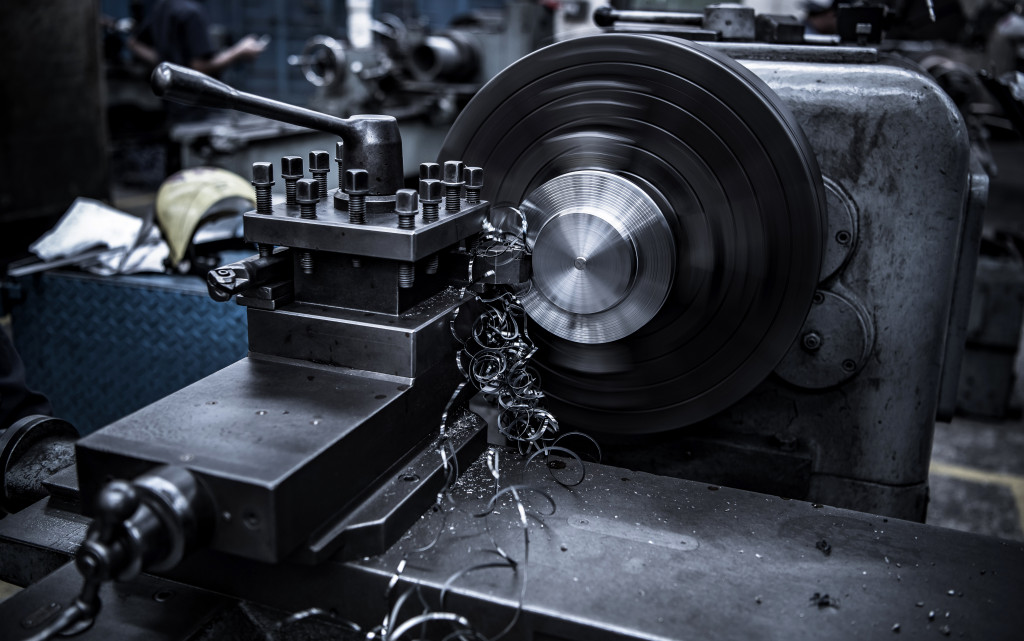Stainless steel, on the other hand, is a relative newbie. We’ve been making steel for a thousand years. A British metallurgist named Harry Brearley created it in 1913. Scientists and engineers have been using stainless steel passivation since it was discovered and perfected by chemists. Because it’s so strong, stainless steel has historically been employed chiefly in low-volume items like water meters and pumps, as well as kitchenware. As a structural construction material, it is now being used, studied, and developed in considerably more significant amounts as well. How do we use stainless steel today?
There are many applications for stainless steel.
Stainless steel is defined as having a chromium content of more than 10.5 percent and other elements in lesser amounts. The material’s resistance is due entirely to this passive layer. The metal, for example, is used for cleaning drums because of its corrosion resistance. Ford began using stainless steel in the 1930s while building its concept vehicles.
Various automobile components, including exhaust systems, grills, and trims, have been made from it ever since. Manufacturers are increasingly turning to stainless steel for structural parts due to advancements in technology.
Besides freight transportation, it is widely used in shipping containers, road tankers, and waste pickup trucks. Chemists, liquids, and food items may all benefit from its corrosion resistance. Stainless steel requires less care, making it a low-maintenance metal that is also simple to clean and maintain. Ford began using stainless steel in the 1930s while building its concept vehicles.
Since then, some automobile components have been made from it, including exhaust systems, grills, and trims. Stainless steel is becoming more popular among structural component producers as a result of improved technology.
Stainless steel is created via some steps. To begin, the steel must first be melted.
Molten Metal and a Casting Process

An electric furnace is used to melt the raw ingredients. This phase typically takes 8 to 12 hours of exposure to sweltering conditions. The molten steel is cast into semi-finished shapes once melting is complete. Blooms (rectangular forms), billets (round or square shapes with a thickness of 1.5 inches or 3.8 cm), slabs, rods, and tube rounds are examples of these materials.
Treatment with Heat
Most kinds of stainless steel must be annealed after they are produced. During the annealing process, steel is heated to a high temperature and then cooled rapidly to remove internal tensions and soften the metal. Heat treatment is used to increase the strength of certain steels. It is also known as age hardening.
However, it needs careful management since even minor variations from the required temperature, duration, or cooling rate may significantly impact its characteristics—this heat treatment. When aged at lower temperatures, materials retain their strength while becoming more brittle and brittle. When aged at higher temperatures, the opposite occurs.
Descaling
When steel is annealed, a scale or buildup appears on it. Several methods exist for getting rid of the scale. Pickling is a popular technique to descale the steel using a nitric-hydrofluoric acid bath. An electric current is used with a cathode and phosphoric acid in the electro cleaning technique to remove scale. Depending on the kind of steel being treated, annealing and descaling take place at various phases.
To further shape the bar or wire, hot rolling, forging, or extruding processes are also used after the first hot rolling. The finished product is then annealed and descaled. Hot rolling does not result in an initial annealing or descaling process for sheet or strip.
Finishing
As a result, surface finish is an essential stainless steel product quality, especially in environments where aesthetics matter. Stainless steel is simpler to clean when coated with specific surface treatments, critical for hygienic applications. A polished surface provides better corrosion resistance. To help with lubrication and to speed up the production process, rough finishes are often needed.
Engineers and innovators rapidly discovered uses for stainless steel once it was developed. Five years after Brearley discovered that chromium-steel was rust-resistant, cutlery manufacturing began. Stainless steel was first utilized in surgical implants in 1926 when it was thirteen years old. The first aircraft made entirely of stainless steel flew for the first time in 1935.
Stainless steel production capacity was boosted as a result of the war effort. Stainless steel is a relatively recent addition to the construction supply industry. Therefore, there are many applications still to be discovered. Duplex stainless steel, for example, is continuously being developed. Novel grades of stainless steel may be designed for uses we haven’t yet imagined.

